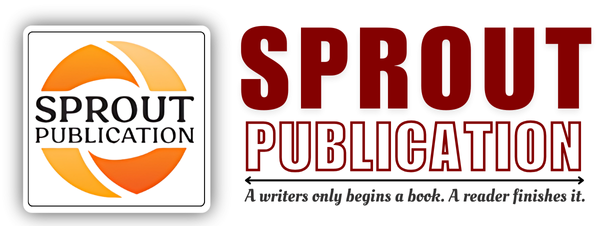Chapter 14: Immunoassays (IA)-I
Chapter 14: Immunoassays (IA)-I
Author: Dr. Gopal Garg
Volume: 01
First Online: 31 August 2024
Pages: 268-278
DOI:
Abstract
An immunoassay is a biochemical technique used to detect and quantify the presence of specific substances, often proteins or small molecules, in a sample using the specific binding between an antigen and an antibody. The basic principle of an immunoassay involves the use of antibodies, which are proteins produced by the immune system that specifically bind to target antigens. The assay typically includes several key steps: the antigen or drug of interest is first introduced into a system with a specific antibody that binds to it; then, the binding event is detected and quantified, often using a secondary detection method such as an enzyme or fluorescent label. The production of antibodies involves immunizing an animal (such as a mouse, rabbit, or goat) with the target antigen, which stimulates the animal’s immune system to produce antibodies against it. These antibodies are then harvested from the animal’s blood or cell culture, purified, and used in immunoassays. In the process of separating bound drugs or antigens from free ones, the bound complex (antigen-antibody) is typically separated from the unbound substance using techniques like centrifugation or washing. This separation ensures that only the specific antigenantibody complexes are measured, allowing for accurate quantification of the substance of interest in the sample. This technique is widely used in diagnostic tests, drug development, and research to detect and measure a variety of biological molecules.
Keywords: Immunoassay, Biochemical technique, Detection and quantification, Specific substances, Antigen-antibody binding, Proteins

